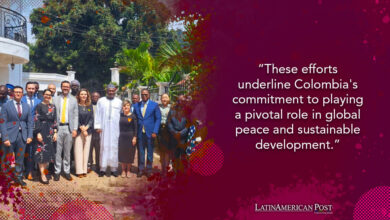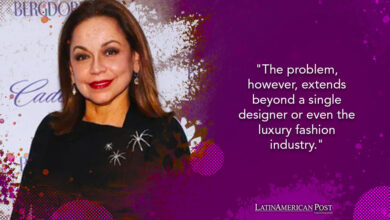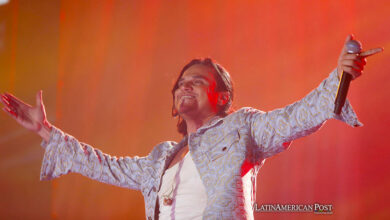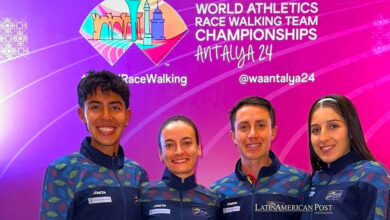Colombia’s “Achura Karpa”: A Global Circus Fusion Honoring Ancestral Traditions
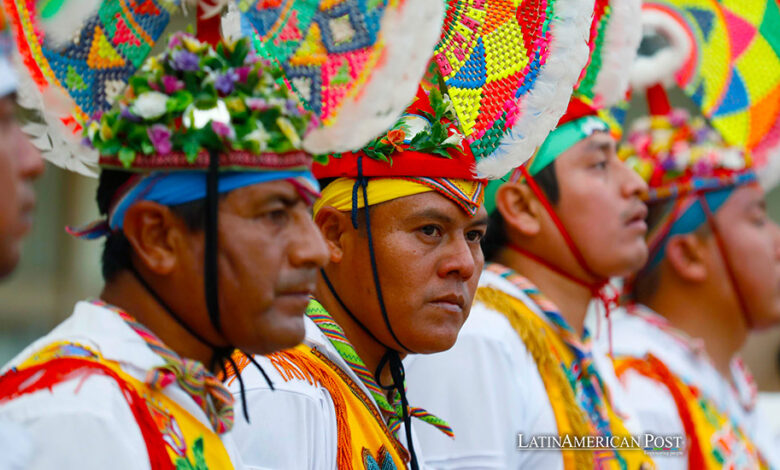
In Bogotá, Colombia, “Achura Karpa” redefines the traditional circus, blending acrobatics with ancestral rituals and nature’s elements, challenging the Eurocentric circus narrative and highlighting Latin America’s rich cultural contributions.
A Unique Blend in Bogotá
In the heart of Bogotá, Colombia, the “Achura Karpa” event unfolds a spectacle that breathes new life into the traditional circus arts. This gathering, unlike any other, combines classic acrobatics with outdoor stages that resonate with an ancient spirit, invoking the four elements of nature in a powerful homage. Running from today until Sunday, March 3, this event not only showcases the international magic and tradition of the circus but also marks a significant milestone as the International Circus and Others Conference (CaiO) chooses a Latin American country as its host for the first time in its four editions.
The kick-off was nothing short of spectacular, featuring the spiritual guidance of the Mexican group Los Voladores de Papantla. These ambassadors of the Totonac culture from Veracruz, Mexico, inaugurated the event with their homage to the sun, known as the ‘Dance of the Guaguas’ or the Voladores. As the day waned, six dancers entered the Gabriel García Márquez Cultural Center plaza, their synchronized steps accompanied by the haunting sounds of a flute, a small drum, and wooden maracas known as sonatas.
Ancestral Gratitude Ceremony
This ancestral ceremony, a profound expression of gratitude to Mother Earth and the cosmos, was highlighted by a musician dressed in white, contrasting with the vibrant attire of the dancers. The ritual began with an offering of aguardiente, sprayed over a wooden mask of ‘kiwikgolo,’ the Mountain God of the Totonac people, followed by the smoke of a cigar as a sacred purification.
Witnessed by a diverse audience, the ritual’s climax saw four dancers ascend a wooden pole, symbolizing the four elements, and perform a breathtaking descent, spinning around the structure in a mesmerizing display of gravity and strength. Emilio Francisco Dorantes, president of the Council for the ritual’s protection, shared that this act of ascent and descent is a dialogue with the gods, a plea intertwined with the dance of gratitude performed by those on the ground.
This tradition, passed down through generations, was eloquently shared by Emilio, a practitioner for 27 years, taught by his father. Declared an Intangible Heritage of Humanity in 2009, this ritual is a daily highlight of the Bogotá circus showcase, bridging past and present and honoring a lineage of cultural stewardship.
Beyond Eurocentrism in Circus Arts
“Achura Karpa” aims to challenge and transform the conventional narratives of circus arts. Olga Lucia Sorzano, the event’s director, spoke to EFE about moving beyond the Eurocentric origins of the circus to illuminate the rich tapestry of performances that predate colonial influences in Latin America. This initiative revises historical perceptions and celebrates the continent’s vibrant and diverse contributions to the circus arts.
Also read: Colombia’s Aquarela Building to be Demolished to Protect San Felipe de Barajas Castle
This year’s conference, previously held in Canada, the Czech Republic, and the United States, brings together circus companies from across the globe, including the United States, Europe, and Africa, in a unique showcase that transcends borders. The name “Achura Karpa” itself, derived from Quechua, meaning a form of sharing and gathering, encapsulates the essence of this event – a space where words and play converge under a single canopy, fostering a shared experience that celebrates the universal and unifying spirit of the circus.

